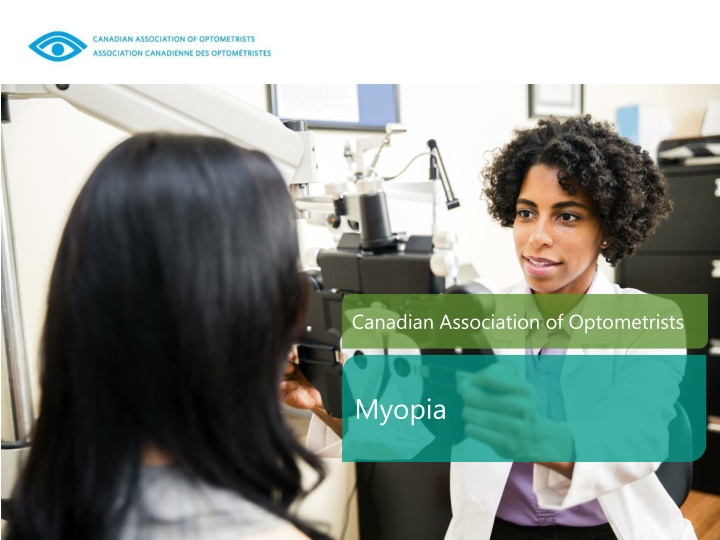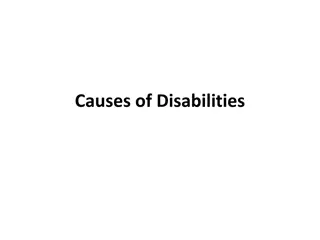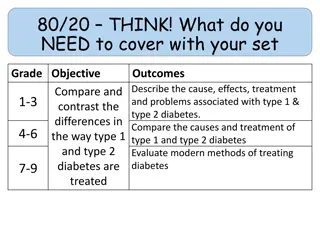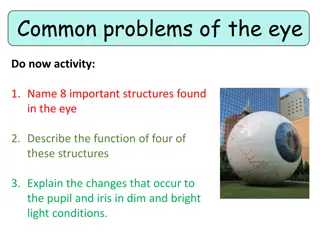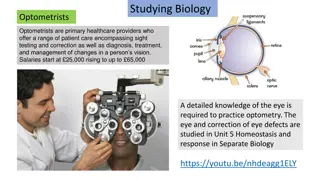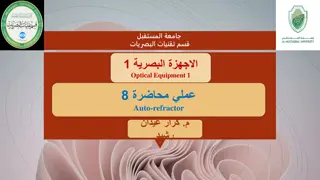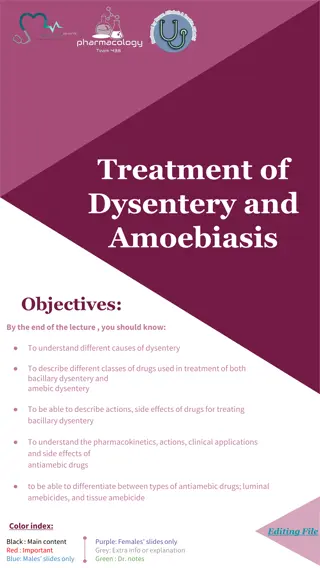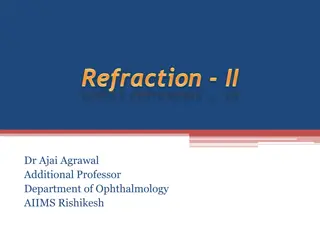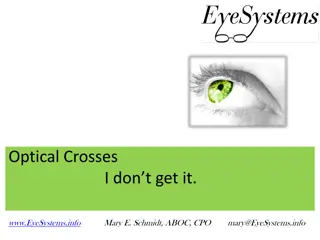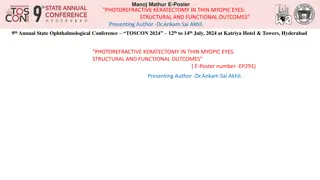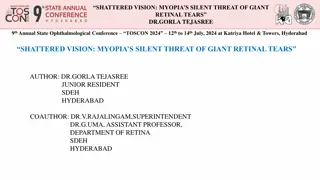Myopia: Causes, Treatment, and Management
Myopia, also known as nearsightedness, is a common visual condition that affects a significant portion of the Canadian population. It is typically caused by elongated eyeballs or excessive corneal curvature, leading to blurry distance vision. While glasses or contact lenses can correct myopia optically, there is currently no known cure. Regular eye exams are essential for diagnosing and managing myopia effectively, with treatment options like LASIK surgery available to reduce dependence on corrective lenses.
Download Presentation

Please find below an Image/Link to download the presentation.
The content on the website is provided AS IS for your information and personal use only. It may not be sold, licensed, or shared on other websites without obtaining consent from the author.If you encounter any issues during the download, it is possible that the publisher has removed the file from their server.
You are allowed to download the files provided on this website for personal or commercial use, subject to the condition that they are used lawfully. All files are the property of their respective owners.
The content on the website is provided AS IS for your information and personal use only. It may not be sold, licensed, or shared on other websites without obtaining consent from the author.
E N D
Presentation Transcript
Myopia Myopia, or Nearsightedness is a visual condition in which near objects are seen clearly, but distant objects do not come into proper focus.
Why does myopia occur? When your eyeball is too long or the cornea has too much curvature it will result in: The light entering the eye will not focus properly on the retina, the sensory layer, inside the eye. Myopia may be hereditary or it may occur spontaneously.
How common is myopia? Myopia is a visual condition that affects nearly thirty per cent of the Canadian population. It normally starts during childhood and continues to increase until the individual reaches the age of 20.
Will I have to wear glasses? You may need glasses for distance only or full time as the prescription increases to enable you to see more clearly. If needed, your OD will prescribe corrective lenses for you. You may only need them for certain activities, like watching television, going to a movie or driving a car.
Will glasses or contact lenses cure myopia? There are currently no proven cures for nearsightedness. Eyeglasses or contact lenses optically correct the problem by altering the way the image enters your eyes. Surgical procedures such as LASIK, PRK or SBK, and/or lens implants may eliminate your need for glasses or contact lenses.
How is myopia diagnosed? People with myopia will often have trouble seeing the whiteboard, the movie screen, the television set or other distant objects. When your optometrists gives you a comprehensive eye examination, he or she will include tests to determine if there is a prescription for myopia.
How will myopia affect my lifestyle? If glasses or contact lenses are prescribed, it may take up to two weeks to adjust to seeing clearly with them. Some people with myopia may find that they are restricted from some occupations such as: police officers or fire fighters - due to their inability to see properly if their glasses fall off. In these cases, contact lenses or laser surgery are options for correcting nearsightedness and are ideal for people with more active lifestyles.
Thank You. Questions?
